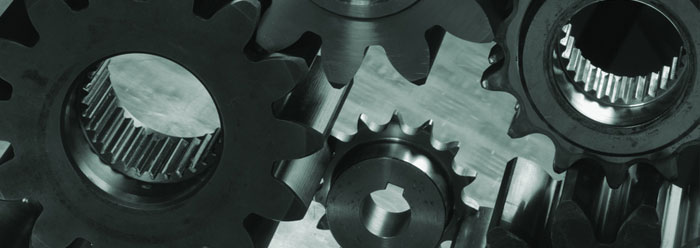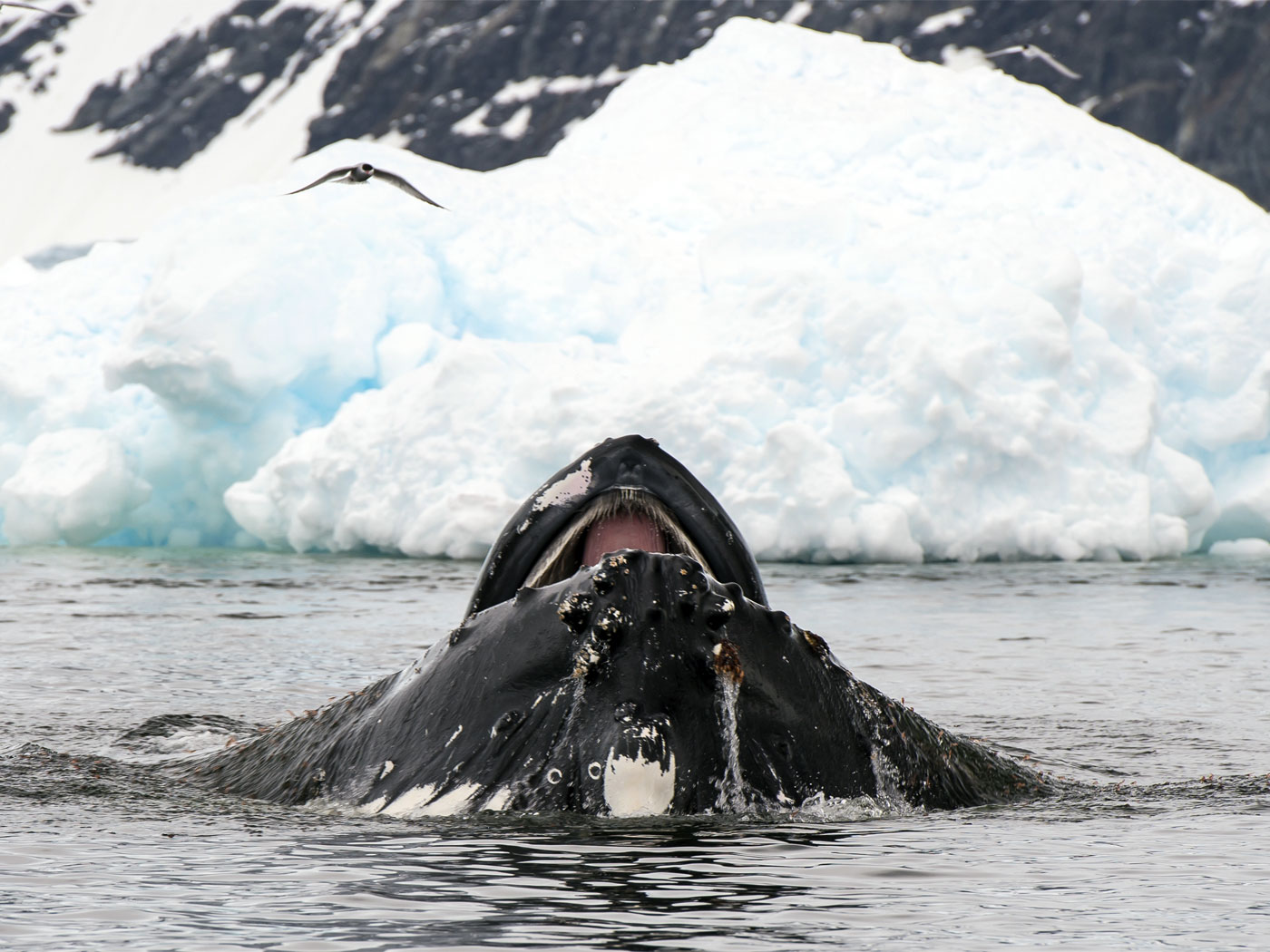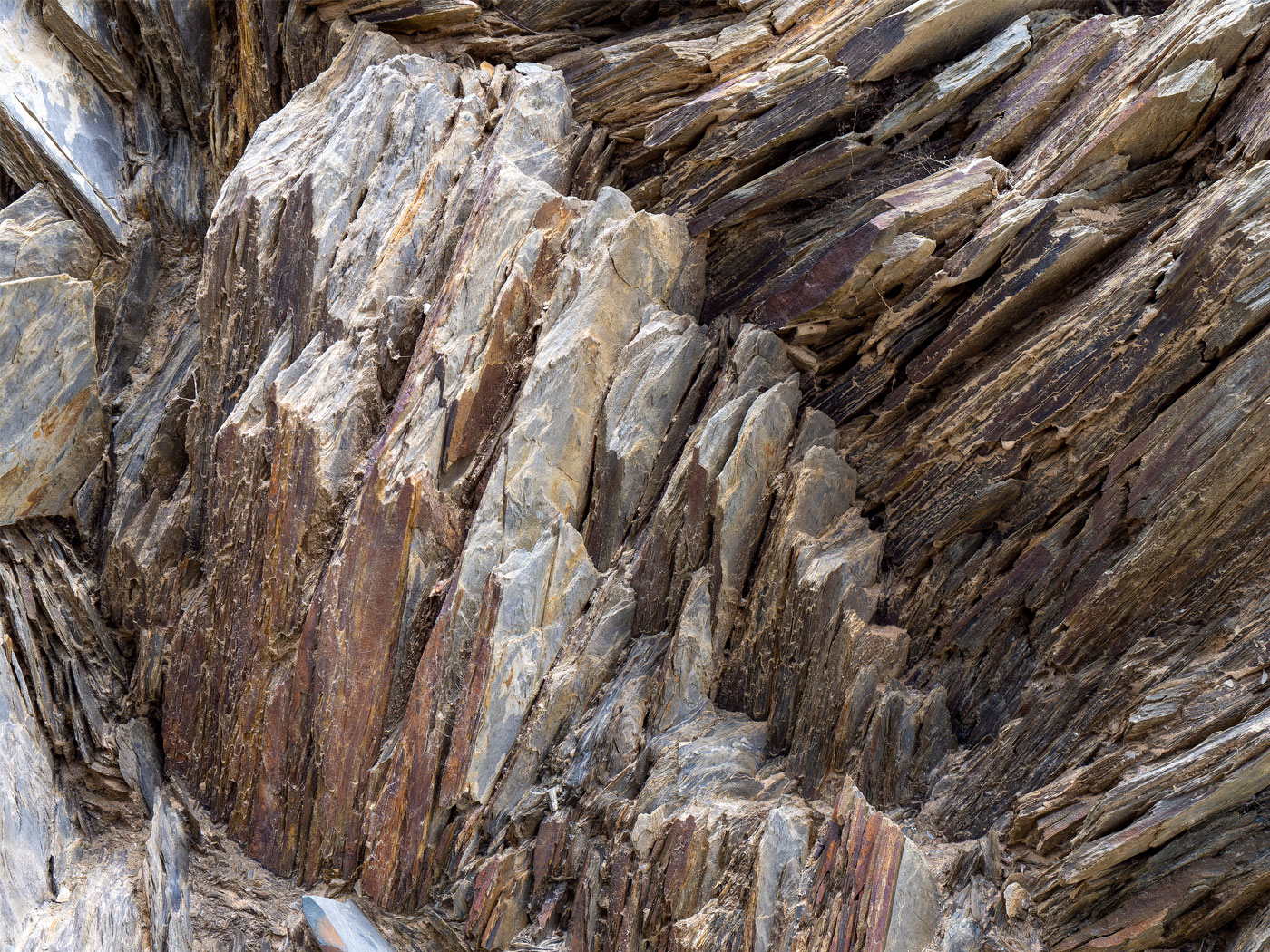God appears to have left His unmistakable signature throughout His creation, even on the smallest parts.
ATP synthase, an important enzyme, manufactures (synthesizes) a vital, energy-rich compound called ATP. A stream of protons from an acidic area flows through ATP synthase to power its spinning rotor, which in turn activates rocking cams to make ATP. It can also run in reverse, acting as a proton pump.
.jpg) The device takes clever advantage of the tendency for acid to neutralize itself. ATP synthase harnesses the pressure of concentrated protons and converts it to mechanical energy as a spinning rotor and axle. It then immediately converts that to chemical energy in ATP. The full assembly includes the asymmetrical axle, six rocking cams, two stators, a bushing, a 12-part rotor, and two half-stroke cylinders.
The device takes clever advantage of the tendency for acid to neutralize itself. ATP synthase harnesses the pressure of concentrated protons and converts it to mechanical energy as a spinning rotor and axle. It then immediately converts that to chemical energy in ATP. The full assembly includes the asymmetrical axle, six rocking cams, two stators, a bushing, a 12-part rotor, and two half-stroke cylinders.
Biochemists have known this for years, but how the motor manages and manipulates single particles smaller than atoms—individual protons—has remained a mystery.
Two Canadian researchers therefore looked into the innermost workings of ATP synthase. Using electron cryomicroscopy, they produced the first-ever three-dimensional representation of all the enzyme's parts fitted together the way they are in the actual enzyme.1 Their study results, published in the journal Nature, enabled them to reconstruct the specific sequence of timed events that makes the enzyme work. And it's a good thing that it functions, because every living cell—from bacteria to brain cells—depends on one or another version of ATP synthase.2
The team found two half-channels situated in the base of the motor, forming something like two half-stroke cylinders. The first half-channel directs a single proton to a precise spot on one of the rotor's 12 segments where a negatively charged oxygen atom receives and temporarily holds it. After spinning 330 degrees on the rotor, the proton re-enters the cylinder assembly through the second half-channel, and is finally released into an area of lower proton concentration.
The authors did not mention evolution in their description of this remarkable biological machine. And that's very appropriate, since such a sophisticated system could never have resulted from natural processes. It could only be the work of a sophisticated Designer.
References
- Lau, W. C. Y. and J. L. Rubinstein. 2012. Subnanometre-resolution structure of the intact Thermus thermophilus H+-driven ATP synthase. Nature. 481 (7380): 214-218.
- Thomas, B. 2009. ATP synthase: Majestic molecular machine made by a mastermind. Creation. 31 (4): 21-23.
Image credit: Three-dimensional map of the Thermus thermophilus ATP synthase. Copyright © 2012 Nature Publishing Group. Adapted for use in accordance with federal copyright (fair use doctrine) law. Usage by ICR does not imply endorsement of copyright holders.
* Mr. Thomas is Science Writer at the Institute for Creation Research.
Article posted on February 2, 2012.
























